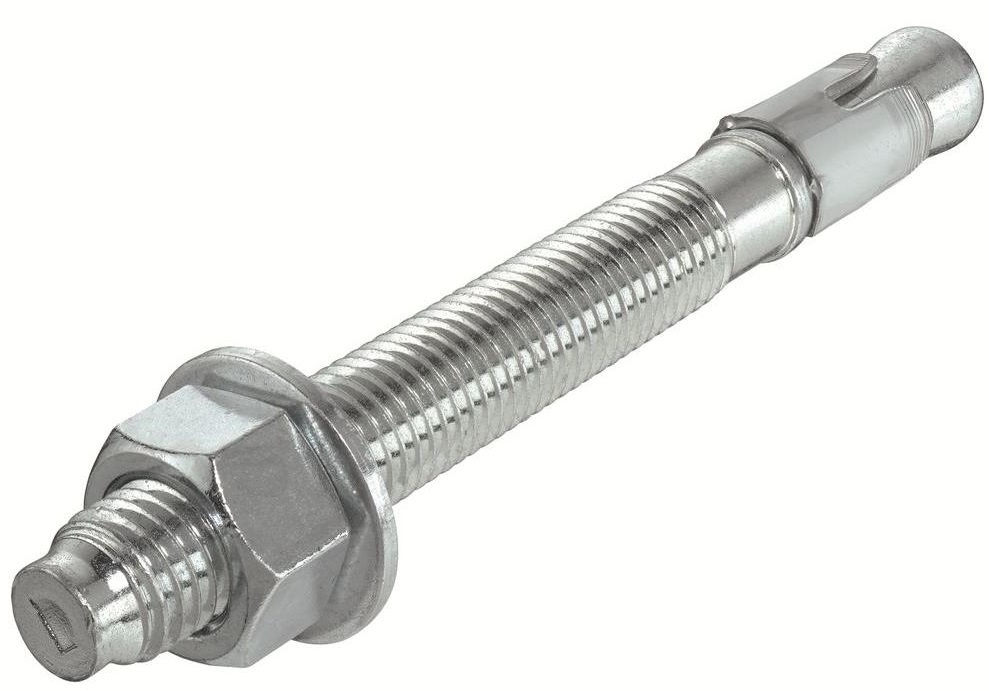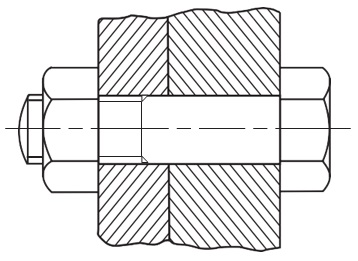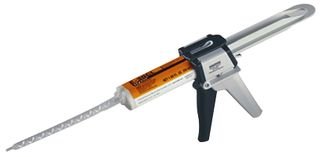
This involves the location, style, and strength of connections from the awning or canopy to the building or to its foundations. Proper design of this element assumes recognition of the amount of force occurring and the direction in which this force acts, at the connection at the time that the maximum design load occurs on the frame. Most common types of attachments involve bolt-through, expansion anchors, wood lag screws, and adhesive anchors.
Wood lag screws are tapered to a point and do not utilize nuts. These are not as sound as bolt-through connections because they are subject to pulling out as the wood surrounding their threads crumbles or chips. Their strength, then, is proportional to the hardness of the wood in which they are embedded. In many awning applications that require fastening to wood framing, bolt-through connections are not possible and wood lag screws may be the best available option.
Expansion anchors are used to fastening awnings to concrete surfaces. They develop their essential strength by pressing hard against the side of the drilled hole in which they are set. This pressure results in high frictional resistance to pull-out. While these kinds of anchors have been in successful use for a long time and maybe well-manufactured, they require more good judgment than the use of a simple bolt-through solution. Obviously, when fastening to concrete surfaces, expansion anchors may be the only practical choice.

Bolt-through connections are preferable, when they are feasible because the bolt and the nut are manufactured to controlled specifications, and there is a wealth of data on the strength provided by such a connection. Such connections are not generally subject to site questions that are often associated with other types.

Adhesive anchors – have been made available in recent years to provide the awning installer a way to address field situations in which the preceding anchor types are not suitable. Examples of such conditions are veneer brick surfaces and fasteners located close to comers, where the high pressures associated with expansion anchors will raise the risk of being pulled out. Adhesive anchors are bonded directly to the substrate by filling an oversized drilled hole, which contains the threaded fastener, with an epoxy adhesive. This system does not rely on pressure. A certain amount of cure time may be required before the anchor can be loaded. When anchoring awnings and canopies, the awning contractor is often attaching to existing structures (building’s wall, roof, foundations, slab, etc.). Responsibilities for assuring that these structures are safe for the additional loads imposed on them must be properly coordinated. Proper anchorage is the single most important structural quality of an awning design.
